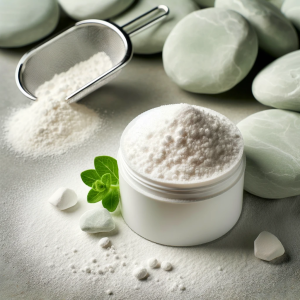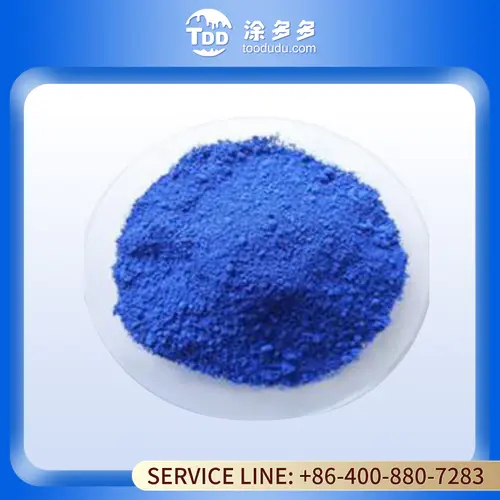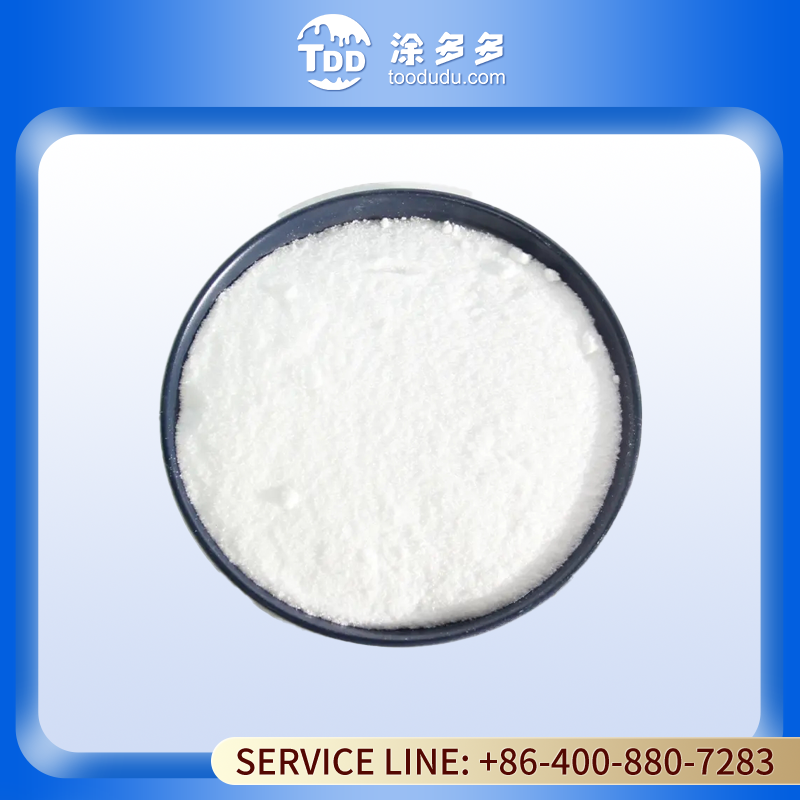Main application areas of talc powder
China Powder Network News Talc is the filler for plastics after calcium carbonate. It is used in more than 200,000 tons of plastics every year, and as some of the physical and chemical properties of talc have been further deepened awareness, its scope and number of applications are increasing rapidly.

1) Use silicon-containing minerals as agricultural film insulation agents, such as mica, kaolin and talc, which have a blocking and shielding effect on infrared rays. Adding an appropriate amount of this mineral powder to the agricultural greenhouse film can improve the barrier properties of the plastic film against infrared rays, thereby reducing the loss of heat inside the greenhouse to the outside of the greenhouse in the form of infrared radiation at night and improving the insulation of the greenhouse.
The research results of the Light Industry Plastics Processing and Application Research Institute in the early 1990s showed that:
①The filling amounts of mica powder, kaolin, talc powder and light calcium carbonate are When the same (similar fineness and surface treatment), the impact on the mechanical properties of the polyethylene film is similar, among which the mechanical properties of the film filled with kaolin and mica powder are better.
② The blocking effect of LDPE film filled with silicon-containing fillers on 7-25μm infrared rays is significantly better than that of inorganic fillers without Si – light calcium carbonate, while mica powder, kaolin and talc powder The infrared blocking properties are similar.
③ Among the three Si-containing fillers, the light transmittance of the LDPE film filled with mica powder is the highest, and is close to the light transmittance of pure LDPE plastic film, followed by kaolin and talc powder, but both higher than calcium carbonate filled films.
Because talc powder is cheap and easy to operate, although its light transmittance and infrared light blocking properties are not as good as mica powder and kaolin, it can still improve its thermal insulation while maintaining good light transmittance. Therefore, it has been widely used in agricultural plastic shed films. At present, agricultural film manufacturers use ultra-fine talc powder in an amount of 1%-6% depending on the type of film (aging-resistant film, double-proof film, multi-functional film, etc.).
2) Used as nucleating agent
Crystalline polymers such as polyethylene (PE), polypropylene (PP), polyethylene terephthalate ( PET), polyamide (PA), etc., during the cooling and shaping process after melting, a part of the macromolecules will be arranged in an orderly manner, which is called crystallization.
Crystalization not only requires a certain temperature and cooling rate, but also requires the formation of crystal nuclei first, followed by the growth of crystals. The nucleating agent has two main functions. One is to increase the total crystallization rate, which ensures that the molten polymer solidifies more quickly during the cooling process, thereby shortening the injection molding cycle and improving work efficiency; the other is to reduce the average spherulite size and The tensile strength, heat distortion temperature and hardness are all enhanced under the action of the nucleating agent, the transparency is increased and the turbidity is reduced.
When talc is used as a nucleating agent for PE or PP, the particles must first be small. The smaller the particle size, the more particles there are, which means there are more crystallization centers. The more crystals that grow at the same time, the smaller the size of the crystal itself.The performance of the material is better. At the same time, it is also required that the shale powder should be dispersed as thoroughly as possible in the molten state and the agglomeration phenomenon should be as slight as possible.
3) Transparent filling masterbatch with talcum powder as the main filler
Although the use of calcium carbonate in plastic films can achieve the effect of reducing costs, when the amount is large, The transparency of the film is greatly affected, causing misunderstandings among some users. In response to this situation, the transparent filling masterbatch has made major improvements in filler selection and processing technology, which has greatly improved the transparency of the PE film. Tables 3 and 4 show the optical properties and mechanical properties of the films after adding 20% and 30% transparent masterbatch respectively.
 2024-03-10
2024-03-10  2024-01-31
2024-01-31  2024-01-22
2024-01-22  2024-01-31
2024-01-31  2024-03-10
2024-03-10 



